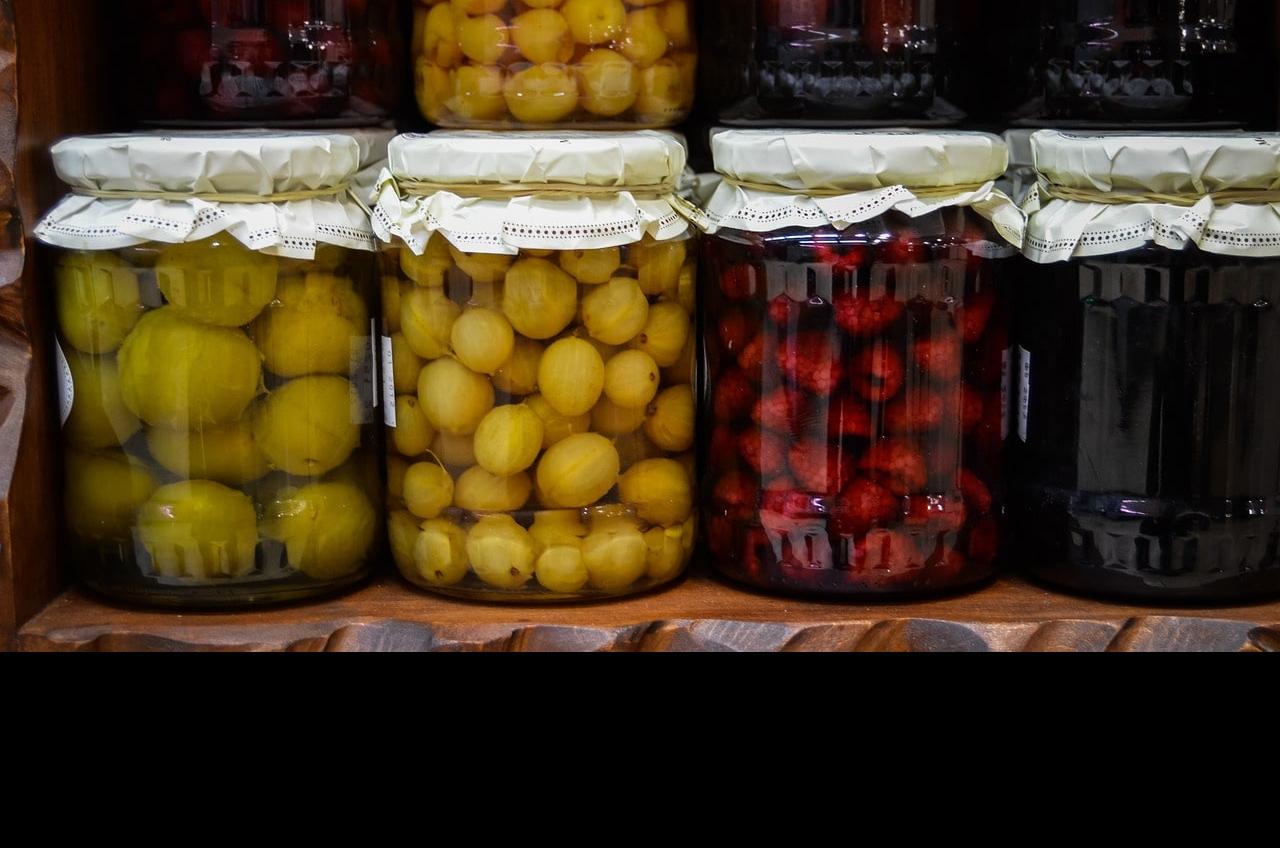Pühadetoidud
Kuus pääva enne Jaan’i korjas talu rahvas piima kokku, ükski ei tohtinud seda piima maitseda. Koor tehti võiks, aga piim vaaras [curd]. Vaar mähiti õle vahru sisse ja pandi panniga ahju, kus ta pruuniks küpses, mida siis sõeruks nimetadi, mis hariliku käsikivi suurune oli ja editse nukkas [esiku nurgas] seisis.
Tuli Jaani laupäeva õhtu kätte, aeti karjad suure päevaga [when the sun was still high] kodu; rahvas käis aegsaste saunas; hobustele toodi metsast Jaani heinu, mille ümber kõik hobused sõivad, sell öösel hobusid metsa ei aetud.
Kui kõik oli ära toimetud, hakati õhtud sööma. Peremees ja perenaene viisid valge lina välja muru peale ja laotasid seda sinna maha, senna pele panti õhtu toit ja sõir, mis 6 pääva enne Jaani oli tehtud. Perenaene jäi söögi juure, aga peremees võttis kõige vanema lehma sarvi pidi kinni, pani talle valge lina üle ja vidas teda kolm kord ümber lina ja kõik kari aeti talle kolm korda järele ja siis lauta. (Miks pärast kõik neid kombeid tehti, seda ei tea mina).
Siis istus pere rahvas sööma: peremees ühe lina otsa peale, perenaene teise lina otsa peale ja pere ümber, kõige viimati söödi sõir ära.
Jaanipäeva hommiku tõusis perenaene tüdrukutega aegsasti enne päeva üles ja lüpsid lehmad ära, sest pääva varastab Jaan piima ära; panti igale lehmale rau[a] tükk kaela ja aeti enne päeva tõusu metsa.
Six days before Midsummer – St John’s Day, sometimes called just Jaan –, the people of the farm collected milk, but no one was allowed to taste it . The cream was made into butter, but the milk was made into curd. The curd was wrapped in a straw band and placed in a pan in the oven, where it was cooked until brown. This became a cheese called sõir, and was the size of a common handstone. It stood in the corner of the porch.
Jaani eve – the eve of St John's night came. The flocks were driven home in broad daylight, and the people went in good time to the sauna. Jaani hay was brought from the forest for the horses, which were not driven into the forest that night but were gathered around the hay and eating together.
When all was done, the evening meal was eaten. The farmer and his wife took the white linen out onto the grass and spread it there, and the evening's food and the sõir, which had been made six days before Jaan, were put on the linen. The mistress stayed at the meal, but the master took the oldest cow by the horns, put another white sheet over her, and pulled her three times round the linen, and all the herd were driven after her three times, and then to the barn. (Why all these customs were done I do not know.)
Then the family people sat down to eat: the master at one end of the cloth, the mistress at the other end of the cloth and the family around; the cheese was eaten last. On Jaani morning the mistress and the girls got up early before dawn and milked the cows, lest Jaan steal the milk; they put a piece of iron around each cow's neck and drove them into the woods before dawn.

